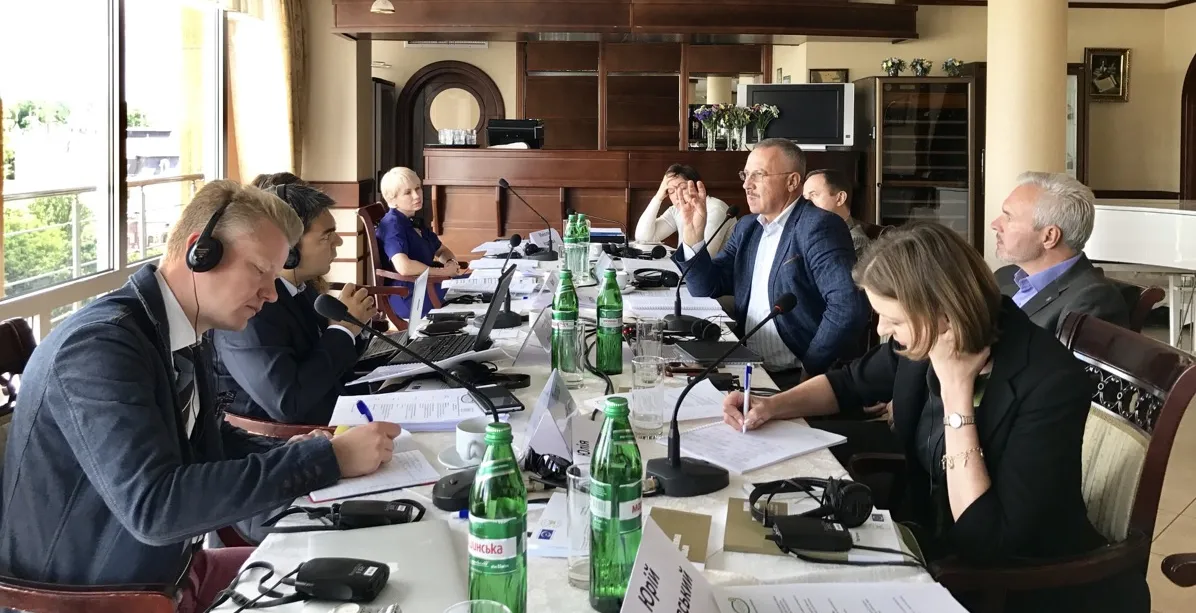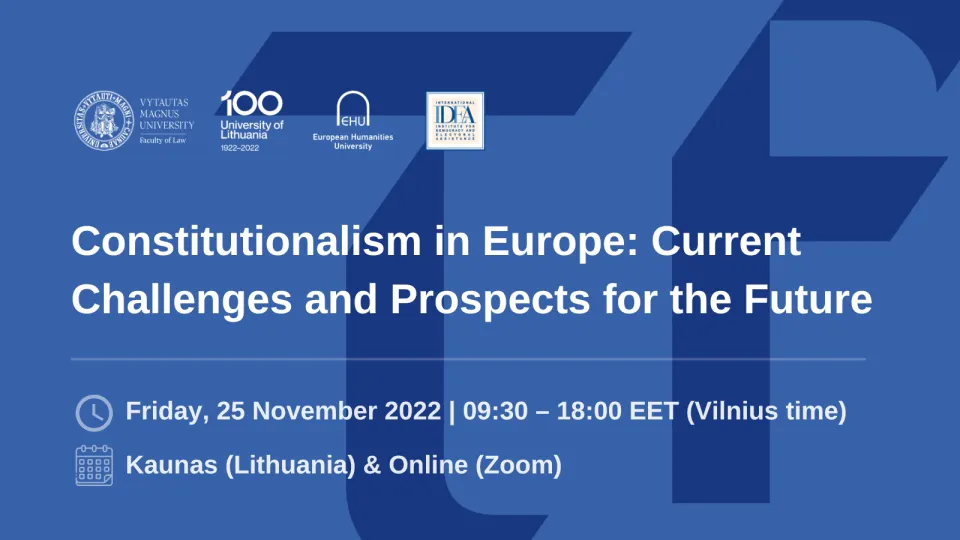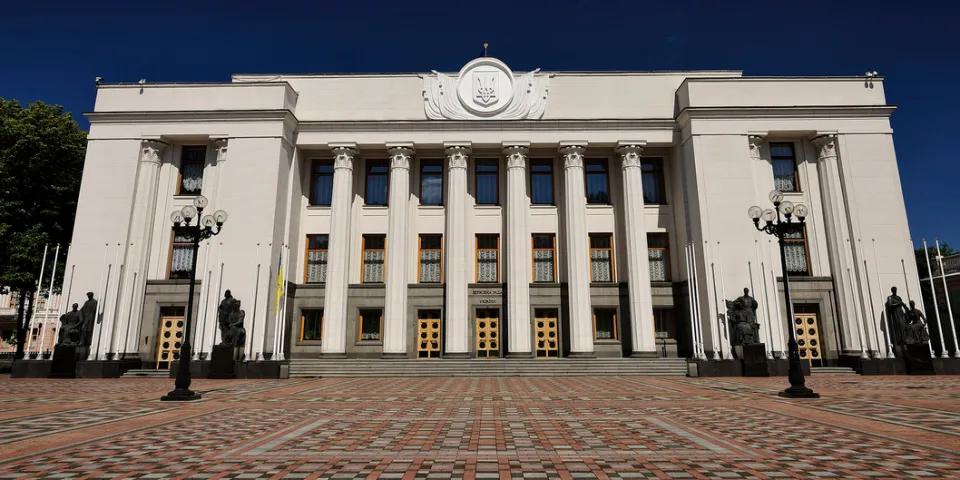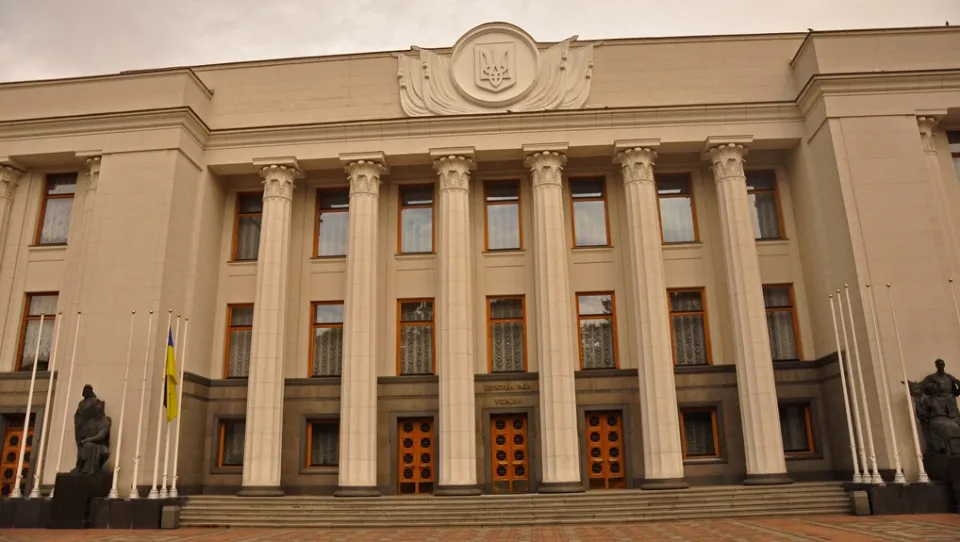Constitutional Design of Semi-presidential Systems: Reflections for Ukraine

Over the past decade, semi-presidential models of governance have become a popular choice for countries in Eastern Europe. Many countries that are attempting to move away from strong presidential systems to more pluralist, aim to introduce balanced models where governments are accountable to parliaments rather than being subordinated exclusively to presidents. Semi-presidential systems with stronger oversight of the executive by parliaments often appeal to countries that lack the political consensus to move to a purely parliamentary model, but where most political actors do agree to guard themselves against presidential autocracies. Constitutional reforms towards such models most recently took place in Georgia (2013) and Ukraine (2014, 2006-2010). However, Ukraine’s experience in this regard has been most turbulent.
Since independence, many of Ukraine’s political conflicts have centred on the division of powers, and power-sharing between a powerful president and parliament. In its early years of post-Soviet independence, Ukraine adopted a semi-presidential system, with increased efforts to concentrate power in the Office of the President. The period of 1994-2004 saw further efforts towards super-presidentialism, while the period following the Orange Revolution in 2004 saw efforts to establish a dual executive. The period between 2010 to 2014 saw the pendulum swing back once more towards super-presidentialism, and these efforts were yet again reset after the Euromaidan Revolution in 2014.
Where do we stand now? Will the pendulum swing once more, or has it settled on an arrangement which is not only stable, but which also allows Ukraine to pursue its democratic aspirations? If the former, what can Ukraine learn from its own constitutional history, and that of comparative experiences in the region and beyond? If the latter, what are the strengths and weaknesses of the current arrangement in terms of good governance, democracy and the rule of law?
To increase understanding and inform the debate regarding constitutional good governance in Ukraine, International IDEA, the Centre for Constitutional Transitions (USA) and the Centre for Legal and Policy Reforms (CPLR), a leading Ukrainian think-tank joined forced, have developed a comprehensive analysis of semi-presidential governance, discussing its past experiences and future design options.
In order to validate and enhance the findings and recommendations in the report, on 10 July 2017, International IDEA and CPLR convened a round table in Kiev, Ukraine, bringing together seasoned constitutional design experts, former constitutional court judges, and political and legal analysts. The round table addressed current challenges and reform options for structuring relations between the President and the Prime Minister, as well as their relationship with the legislature and other constitutional bodies. Discussions focused on issues of formation and termination of branches of government; distribution of powers vis-à-vis domestic and foreign policy; decree powers of the president and countersignature by the prime-minister; veto of legislation; powers of judicial appointments; and other issues of critical importance for dual-executive systems.
The final report is due to be published by the end of 2017, and will form the basis for further discussions among experts, politicians and democracy activists.



